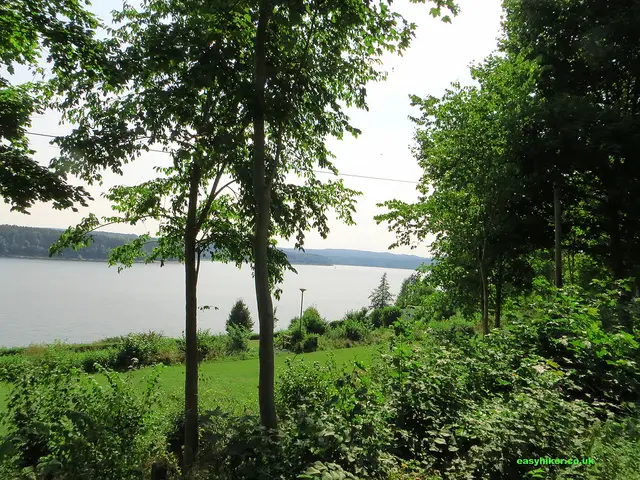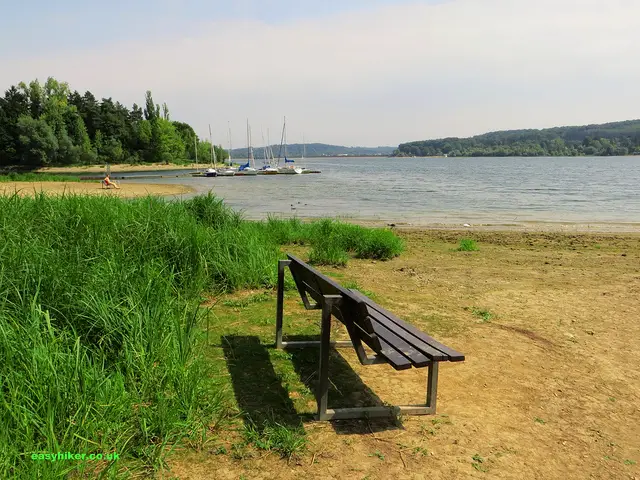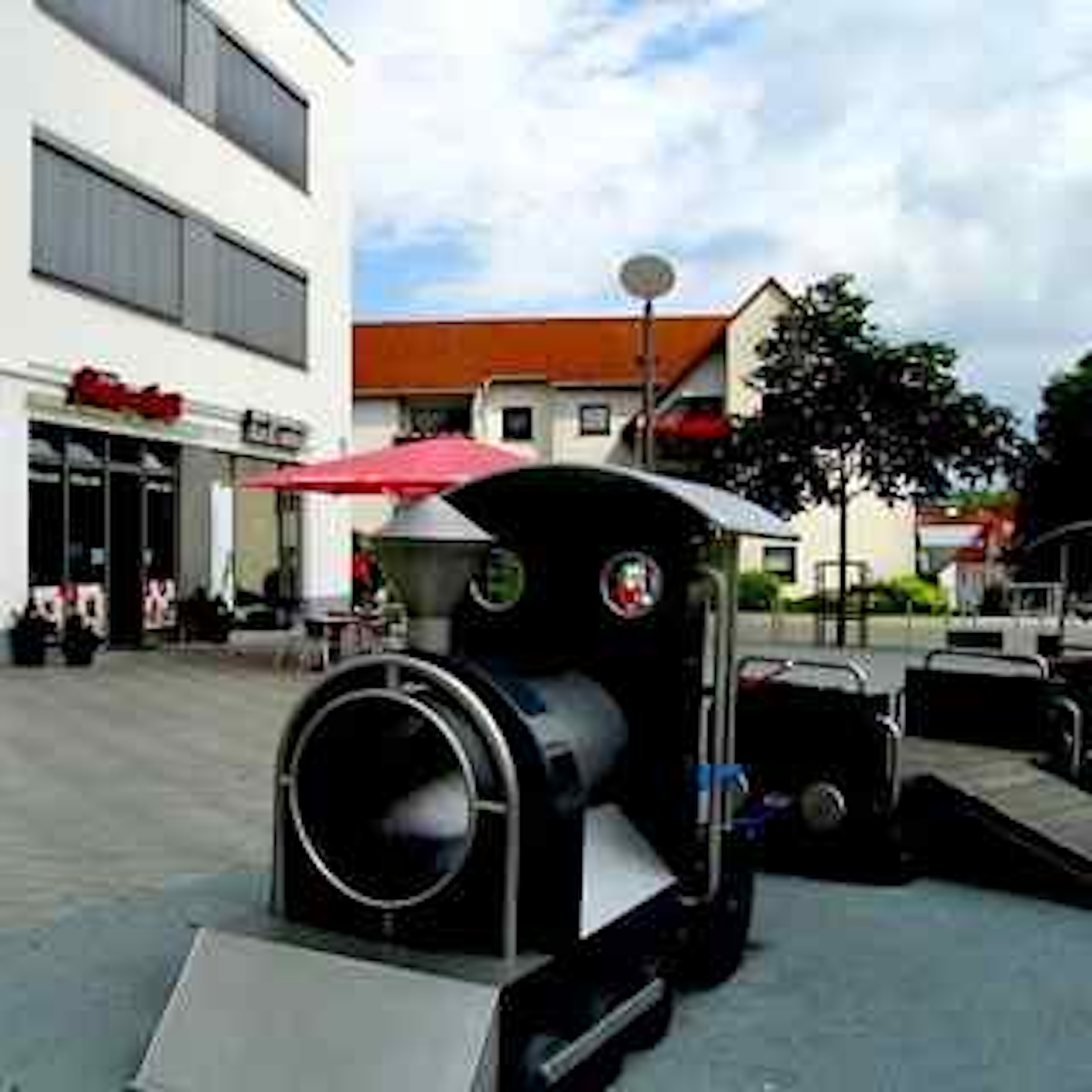What to See in Germany
The Most Famous Operation Chastise Target
What was the greatest military feat of WWII? If you are from North America, you might say: the D-Day landings, while Russians would probably go for the defence of Stalingrad. But I suspect that, if you are English, you will be thinking of a less obvious candidate.
The choice of the dambusters raid may, at first sight, seem slightly eccentric: this air attack on German water reservoirs north of the Ruhr was only a limited success, two out of five targets were hit, and it achieved its purpose of depriving German industry of water and electricity only for a few days.
Hike to the most famous Dambusters raid target
But the lasting popularity of this raid – English football fans still whistle the “Dambusters March” from the 1955 movie to annoy their German opponents (most of whom have probably never heard of the raid, never mind the movie or its theme tune) – says probably more about England than about the history of WWII.
So why has the dambusters raid entered English myth when other, perhaps more decisive battles have been forgotten?
For one because the mission required extraordinary levels of individual bravery. The planes had to fly through continental airspace, still firmly in German hands in May 1943, and had to dip very low during their approach, straight into the flak of the German Luftabwehr which was still a highly effective fighting force at that time. A total of eight machines were lost, nearly half the raid’s entire contingent.
Secondly, the mission was what the English call “cavalier”, breathtaking in its audacity: careful roundheads like Bomber Harris, chief of the RAF Bomber Command, thought the whole idea was nuts, but were overruled by Churchill who was always susceptible to a little bit of derring-do.
But above all, the mission flew in the face of military logic by being predominantly the product of individual effort, of inspiration rather than obedience: it took a task force of eccentric boffins two years to develop a bomb that would skip on the surface of the water so it would not be caught by the German torpedo nets that were protecting the dams. Without them, their ingenuity and their insistence on thinking “out of the box”, the raid could never have happened.
To get to the most famous target of the 1943 dambusters, the Möhnetalsperre (one of the two dams that were breached during the attack), go to Soest by train (a 30-minute-journey from Dortmund in the industrial Ruhrgebiet) and then take the R49 bus (hourly service) to Delecke, the final stop. Now turn right down the road for about 3 km until you see the dam itself and its mighty concrete wall.
This most famous dambusters raid target is a great sight, but the way to get there is, quite frankly, not the greatest hike you will ever do. There is a busy road on your right hand side, and the views of the lake on your left are frequently blocked.
It is perhaps better to get off the bus one stop before Delecke (in a village called Körbecke) and walk from there instead. You still have to do the same last 3 km, but the additional 5 km provide you with better views of the lake …
… and an altogether better hiking experience, not least because, for most of this stretch, you have your own footpath on the left hand side of the road and do not have to walk on the hard shoulder.
Remember, however, that, whatever you do, you have to walk back from the dam to Delecke. Buses from and to the dam circulate only on weekends, and even then, they are infrequent and irregular.
Near the dam, there are several cafés and restaurants, a souvenir shop and a landing pier from where you can take pleasure boat trips around the lake.
You can also walk on the wall to the other side of the lake where a nature reservoir begins almost immediately behind the bridge. If you have the time, you can walk around a bit and explore the area of the most famous Dambusters raid target,
Over the years, Lake Möhne with its surrounding forests, beaches and parklands has become a real tourism hotspot in this part of the country. But what do the locals make of the raid?
A German book about the attack with the sober title “War of the Water” is on sale at the souvenir shop, but one does not get the impression that it is the history of the dam which attracts Germans in their thousands to the Möhnetalsperre on a sunny day.
When the “Dambusters” movie was shown in German cinemas, under the title “May 1943 – Die Zerstörung der Talsperren” (“The destruction of the dams”), it was not a great success, but nobody took offence either – the Germans were far too busy rebuilding their country after the war, determined to make it better than it had ever been before: with ruthless efficiency, by the looks of it.
Okay then: admirable efficiency, if you must – just don’t forget to whistle that tune: da-deeh-da-deeh-dah-deeh-dum …










